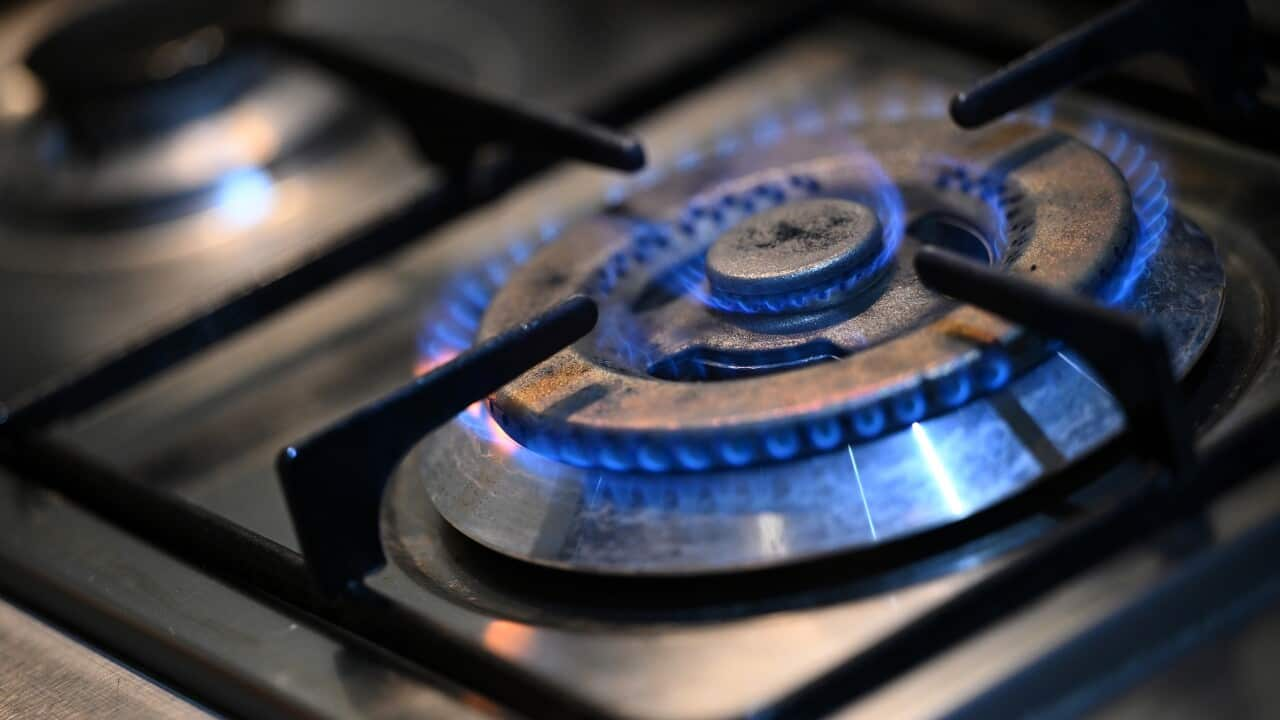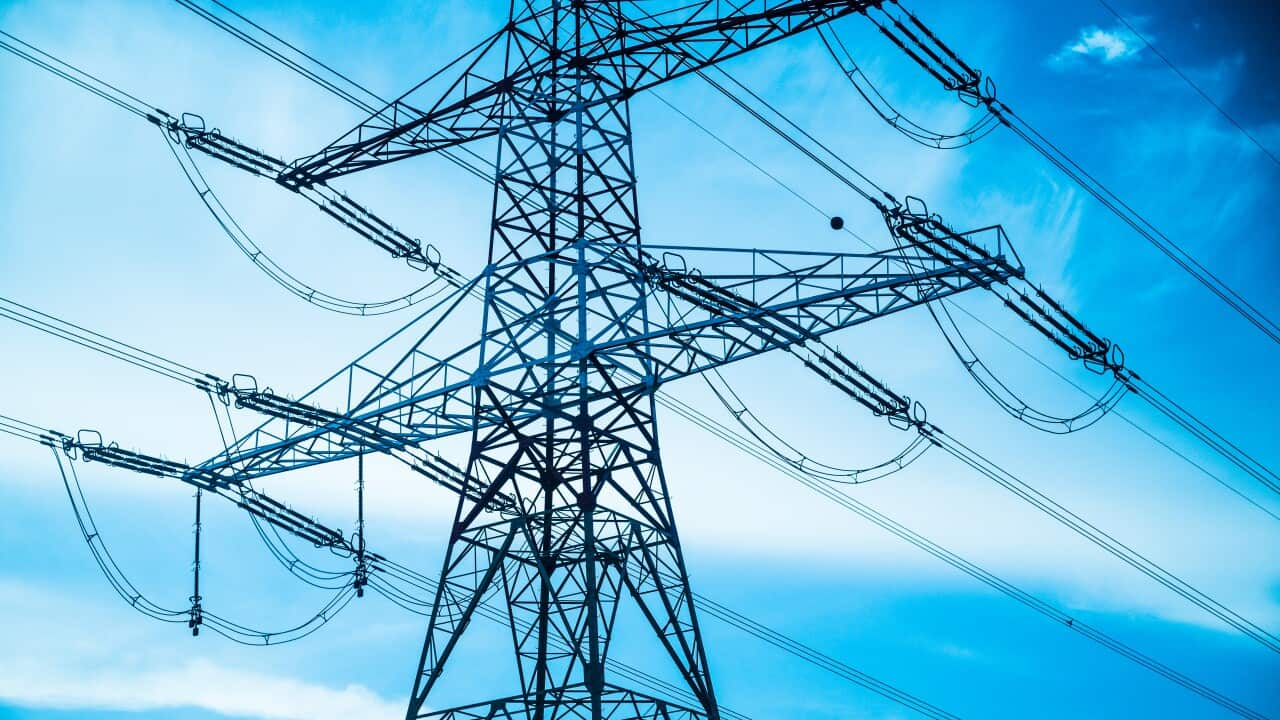Key Points
- Some states could experience gas shortages during upcoming peak winter periods and ongoing shortfalls within only a few years.
- AEMO delivered the stark assessment on Thursday calling for urgent investment to ensure gas supply.
- But the Climate Council criticised the focus on more gas supply as a solution to Australia's energy woes.
Australia's southern states could experience gas shortages during upcoming peak winter periods and ongoing shortfalls within only a few years.
The Australian Energy Market Operator (AEMO) delivered the stark assessment as it released an update on Thursday calling for urgent investment to ensure gas supply in the medium-term.
Its 2023 gas report anticipates gas production will meet customer demand in central and eastern Australia.
But it said supply risks remained in the south as gas production declined, particularly in Victoria - where output was forecast to almost halve by 2027.
The operator said the risk of supply gaps increased if excess gas production from northern states was exported rather than being used for domestic demand.
From 2026, without additional commitments to expand domestic supply, or hydrogen or biomethane coming online as an alternative, gas contracted for export by Queensland producers might need to be used to fulfil domestic requirements.
Australia's energy ministers have already extended the market operator's powers to tackle immediate east coast supply shortfalls.
Taking effect for winter 2023, these new powers are intended to secure the gas and electricity markets and protect domestic gas consumers.
A domestic gas security mechanism and an agreement between the government and gas producers are tipped to be important for shoring up domestic supply.
AEMO Chief Executive Daniel Westerman said the existing agreements would help in managing supply but more production was needed to help prevent shortfalls during winter peaks and in the longer term.
"What we really need is investment in more gas supply - that could be from traditional natural gas fields, or importing (gas) into southern states or using renewable gases like biomethane or hydrogen when they become available," he told ABC Radio.
Gas would continue to be critical for electricity generation and to provide back-up for intermittent renewable sources as coal-fired power stations were retired, Mr Westerman added.
But the Climate Council criticised the focus on more gas supply as a solution to Australia's energy woes.
An energy expert from the group, Andrew Stock, said opening up new gas projects was not the answer and Australia instead should be accelerating investment in renewable sources and energy storage.
"There is no shortage of hydropower, most gas storages are near full so it would take significant coal plant failures to create a gas shortage," he said.
Gas plants are forecast to support renewable generation as at least five coal plants are forecast to close in the next decade, accounting for 13 per cent of the electricity market's capacity.
An additional 2000 megawatts of new wind and grid-scale solar generation and battery storage has been added in the 12 months to February 2023.
Mr Westerman said this would help offset known winter generation gaps, including at Queensland's trouble-plagued Callide C coal-fired power plant, and from the retirement of the NSW Liddell Power Station next month.
But there is uncertainty over how quickly consumers will shift their energy preferences away from gas.
Electrification forecasts have been lowered to reflect a slower rate of fuel-switching than expected in homes and businesses.
Strong policy incentives and industry investment are recommended in the report to get the level of electrification required by governments.











